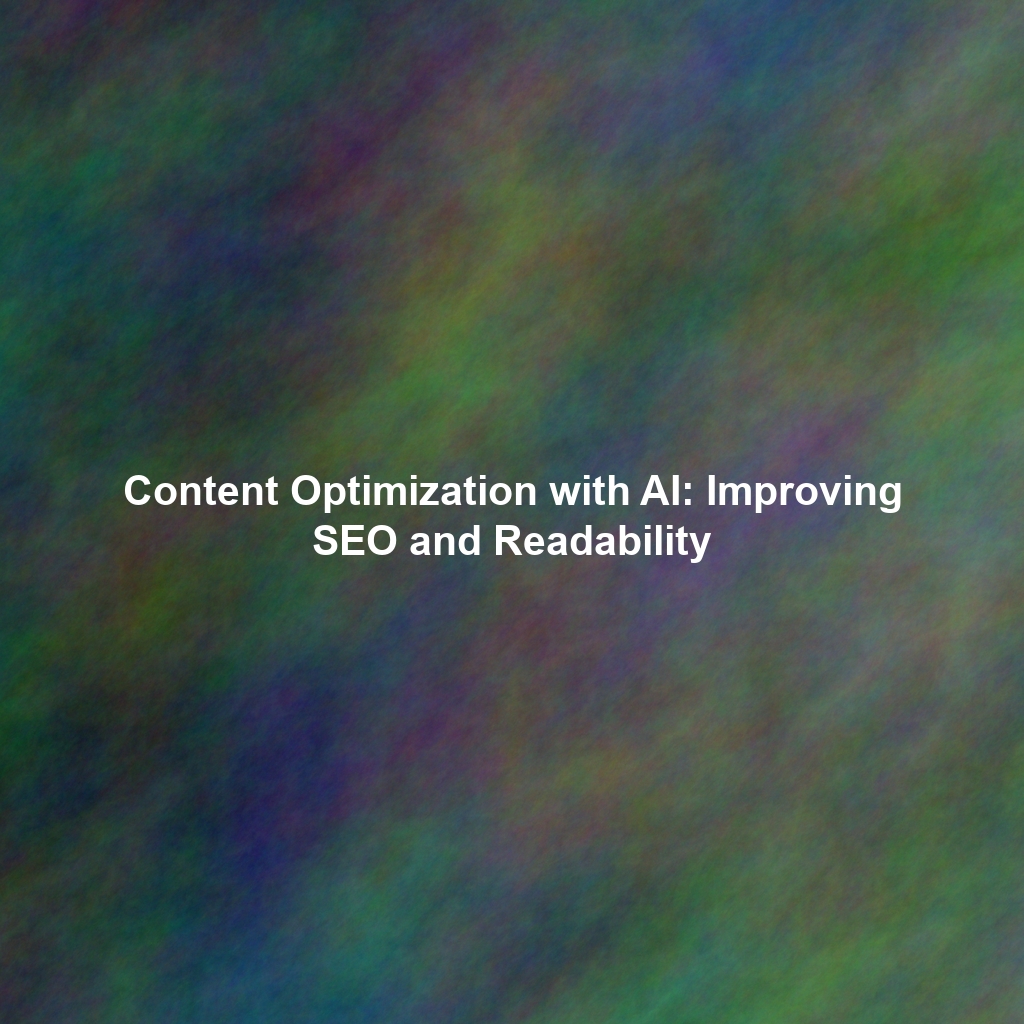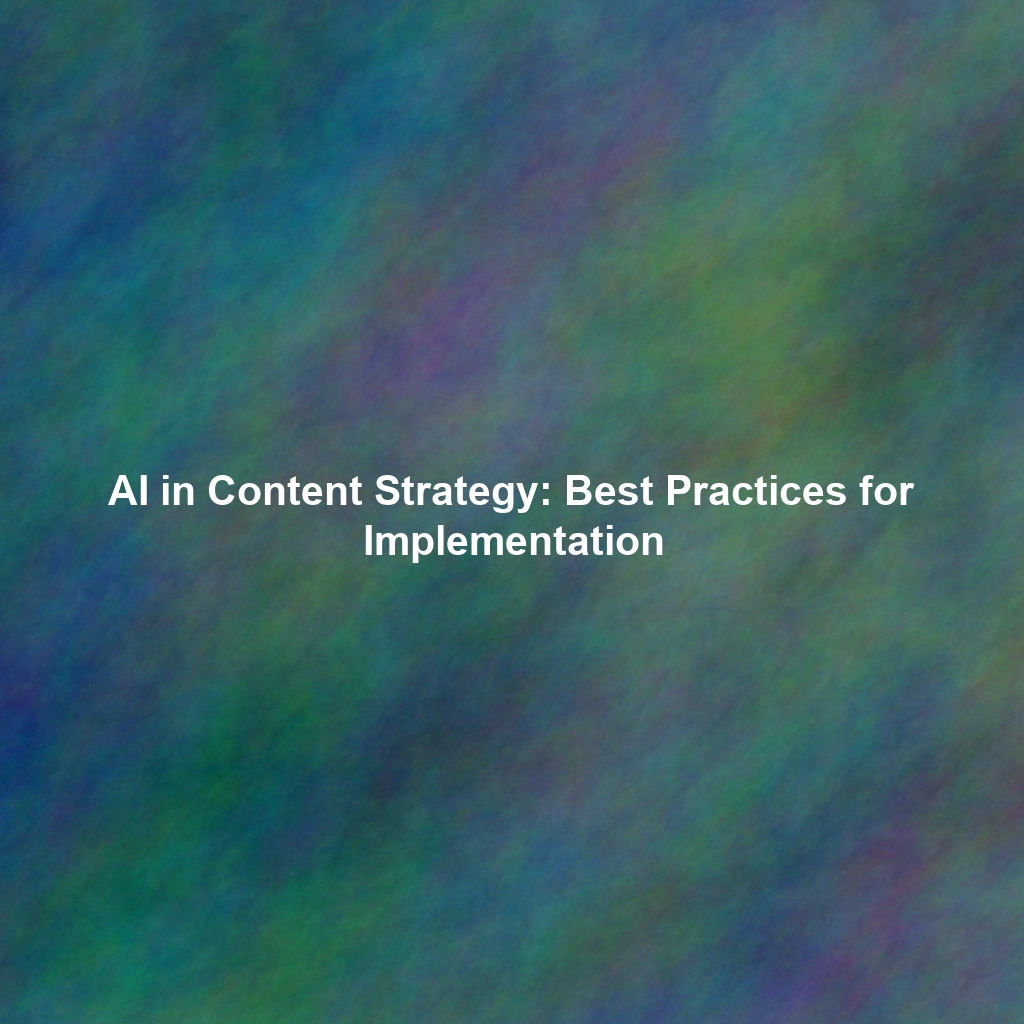The Power of Audience Segmentation in GMP
Audience segmentation is the foundation of personalized marketing. GMP provides robust audience management capabilities, allowing you to divide your audience into granular segments based on a variety of factors:
- Demographics: Age, gender, location, income, etc.
- Interests: Hobbies, passions, and preferred content categories.
- Behavior: Website activity, app usage, purchase history, and engagement with previous campaigns.
- Context: Time of day, device used, and location.
- First-Party Data: Leverage your CRM data and website analytics to create custom audience segments based on your existing customer relationships.
- Third-Party Data: Enhance your segmentation with data from trusted providers to reach new audiences with specific characteristics.
Utilizing Google Analytics 4 (GA4) for Audience Creation
Google Analytics 4 is pivotal for audience segmentation within GMP. GA4’s event-based data model allows you to track user interactions in more detail, enabling you to create highly specific audience segments based on user behavior across your website and apps. For example, you can create segments of users who:
- Viewed a specific product page multiple times.
- Abandoned their shopping cart.
- Engaged with a particular video on your website.
- Downloaded a specific resource.
These GA4 audiences can then be seamlessly imported into Google Ads and other GMP tools for targeted advertising.
Leveraging Google Ads Customer Match
Customer Match lets you upload your own customer data (email addresses, phone numbers, etc.) to Google Ads and match it with Google accounts. This allows you to target your existing customers with highly relevant ads based on their past interactions with your brand. You can use Customer Match to:
- Re-engage lapsed customers.
- Upsell or cross-sell to existing customers.
- Provide personalized offers and promotions.
- Exclude existing customers from acquisition campaigns.
Dynamic Creative Optimization (DCO) within GMP
Once you have defined your audience segments, the next step is to create personalized ad experiences that resonate with each segment. Dynamic Creative Optimization (DCO) allows you to automatically tailor your ad creatives based on the user’s characteristics, interests, and behavior. GMP’s DCO capabilities, primarily within Display & Video 360, empower you to:
- Customize Ad Elements: Dynamically change headlines, images, calls to action, and other ad elements based on audience data.
- Test and Optimize: Continuously test different creative variations to identify the best performing combinations for each audience segment.
- Improve Ad Relevance: Deliver ads that are highly relevant to the user’s interests and needs, increasing engagement and conversions.
How DCO Works in Practice
DCO platforms, integrated within GMP, use algorithms and machine learning to analyze audience data and automatically generate ad variations that are most likely to resonate with each user. For example:
- Travel Agency Example: A travel agency can use DCO to show different vacation packages to users based on their past travel history and interests. A user who has previously booked beach vacations might see ads featuring tropical destinations, while a user who has booked ski trips might see ads featuring mountain resorts.
- E-commerce Example: An e-commerce retailer can use DCO to show product recommendations based on a user’s browsing history and purchase behavior. A user who has viewed a specific category of products might see ads featuring similar products.
Best Practices for Implementing DCO
To maximize the effectiveness of your DCO campaigns, follow these best practices:
- Start with a Clear Strategy: Define your target audiences and the specific goals you want to achieve with DCO.
- Gather High-Quality Data: Ensure that you have accurate and comprehensive data about your audience.
- Create a Variety of Creative Assets: Develop a range of headlines, images, and calls to action that can be dynamically combined.
- Continuously Test and Optimize: Monitor the performance of your DCO campaigns and make adjustments as needed.
- Use Data-Driven Insights: Leverage the data generated by DCO to inform your overall marketing strategy.
Case Study: Increased Conversions with GMP’s Personalization Features
A leading online retailer implemented audience segmentation and DCO using Google Marketing Platform. They divided their audience into segments based on browsing history, purchase behavior, and demographic data. They then used DCO to create personalized ad experiences for each segment, featuring product recommendations and offers tailored to their specific interests. As a result, the retailer saw a 30% increase in conversion rates and a 20% increase in return on ad spend (ROAS).
Conclusion: Embrace Hyper-Personalization with Google Marketing Platform
In conclusion, Google Marketing Platform provides a comprehensive suite of tools to unlock hyper-personalization through audience segmentation and dynamic creative optimization. By leveraging GMP’s powerful audience management capabilities and DCO tools, you can create ad experiences that resonate with your audience, drive engagement, and ultimately achieve your marketing goals. Embrace the power of personalization and unlock new levels of success with Google Marketing Platform.
 Skip to content
Skip to content
